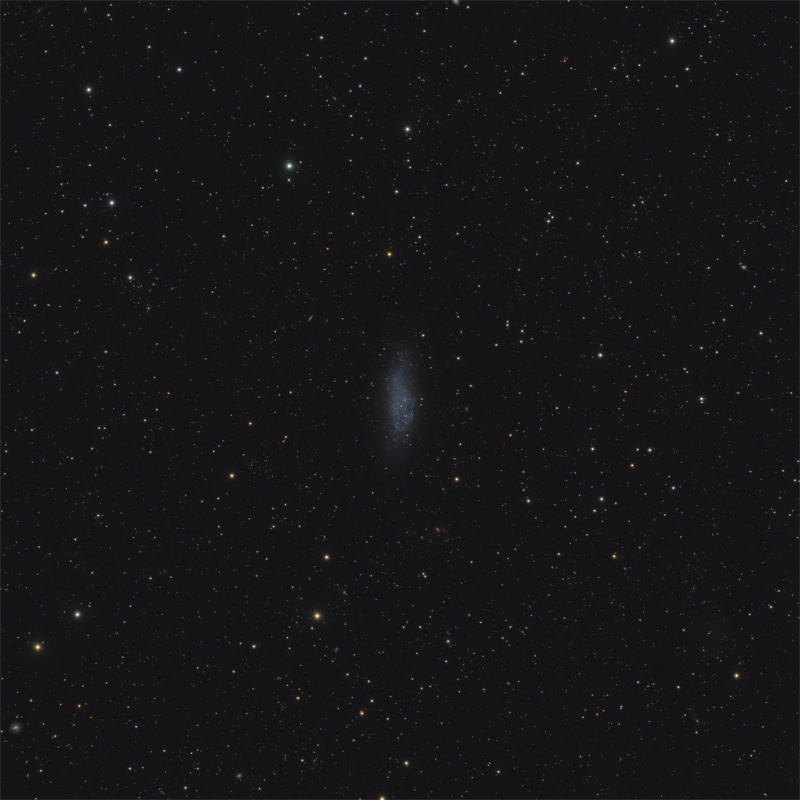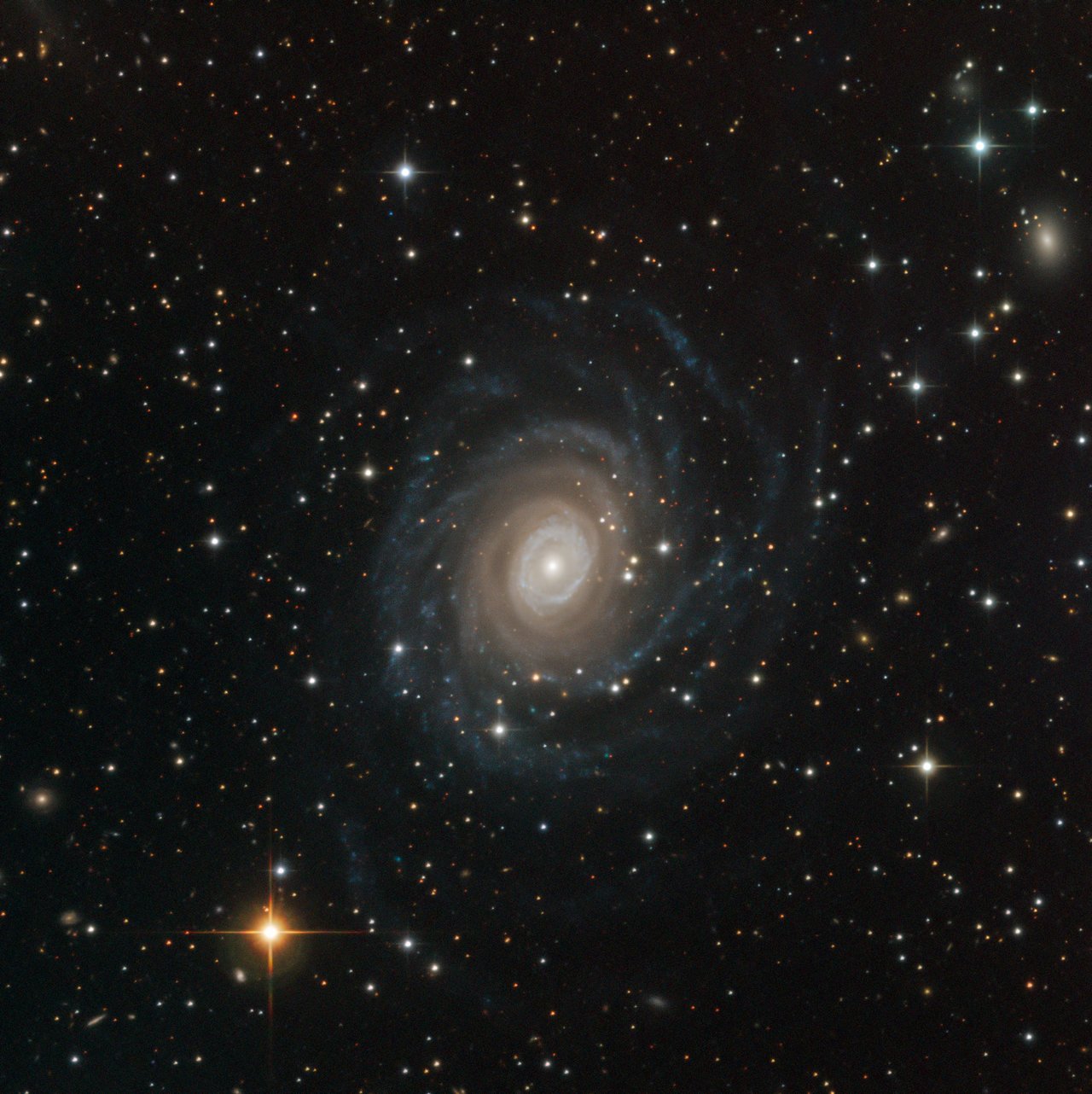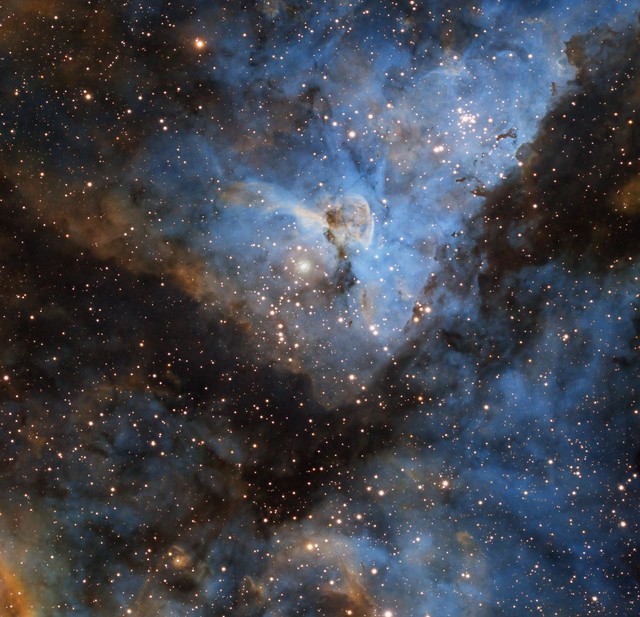Found Images: 2019 February
-
starsurfer
- Stellar Cartographer
- Posts: 5409
- Joined: Thu Mar 15, 2012 7:25 pm
-
starsurfer
- Stellar Cartographer
- Posts: 5409
- Joined: Thu Mar 15, 2012 7:25 pm
-
starsurfer
- Stellar Cartographer
- Posts: 5409
- Joined: Thu Mar 15, 2012 7:25 pm
-
starsurfer
- Stellar Cartographer
- Posts: 5409
- Joined: Thu Mar 15, 2012 7:25 pm
-
starsurfer
- Stellar Cartographer
- Posts: 5409
- Joined: Thu Mar 15, 2012 7:25 pm
Re: Found Images: 2019 February
NGC 278
https://www.spacetelescope.org/images/potw1641a/
Copyright: ESA/Hubble & NASA and S. Smartt (Queen's University Belfast)
https://www.spacetelescope.org/images/potw1641a/
Copyright: ESA/Hubble & NASA and S. Smartt (Queen's University Belfast)
-
starsurfer
- Stellar Cartographer
- Posts: 5409
- Joined: Thu Mar 15, 2012 7:25 pm
Re: Found Images: 2019 February
NGC 5643
http://www.chart32.de/index.php/component/k2/item/272
Copyright: CHART32
Processing: Bernd Flach-Wilken
http://www.chart32.de/index.php/component/k2/item/272
Copyright: CHART32
Processing: Bernd Flach-Wilken
-
starsurfer
- Stellar Cartographer
- Posts: 5409
- Joined: Thu Mar 15, 2012 7:25 pm
Re: Found Images: 2019 February
Re: ESO: NGC 6902 Caught by SPECULOOS
NGC 6902 Caught by SPECULOOS
ESO Picture of the Week | 2019 Feb 25
ESO Picture of the Week | 2019 Feb 25
This Picture of the Week is a special treat: a first-light image from the newest resident of ESO’s Paranal Observatory, the SPECULOOS Southern Observatory. This planet-hunting machine aims to observe nearby but dim stars to locate exoplanets for other telescopes — such as ESO’s forthcoming Extremely Large Telescope (ELT) — to study in detail. Comprising four one-metre telescopes, each named after one of Jupiter’s Galilean moons, SPECULOOS promises to open up new frontiers in exoplanet research.
This image, however, is obviously not of a faint star, but of a galaxy called NGC 6902. Before a telescope starts its primary mission it must successfully undertake an event called “first light”: the first time it is used for a scientific observation. Astronomers typically pick well-known objects for this initial test of a telescope’s capabilities, which is half demonstration and half celebration. In this case, the team settled on NGC 6902 as the first-light target for the Ganymede telescope.
The result was this stunning image of the spiral galaxy, which is found about 120 million light-years from Earth in the constellation of Sagittarius (The Archer). The galaxy’s spiral arms swirl outwards from a bright centre until they dissolve into streams of blue haze at the galaxy’s edge. If this is what Ganymede can produce as its first observation of something it wasn’t even designed to image, we have a lot to look forward to. Watch this space!
Know the quiet place within your heart and touch the rainbow of possibility; be
alive to the gentle breeze of communication, and please stop being such a jerk. — Garrison Keillor
alive to the gentle breeze of communication, and please stop being such a jerk. — Garrison Keillor
HEIC: The Two Mysterious Populations of NGC 2419
The Two Mysterious Populations of NGC 2419
ESA Hubble Picture of the Week | 2019 Feb 25
ESA Hubble Picture of the Week | 2019 Feb 25
Globular clusters like NGC 2419, visible in this image taken with the NASA/ESA Hubble Space Telescope, are not only beautiful, but also fascinating. They are spherical groups of stars which orbit the centre of a galaxy; in the case of NGC 2419, that galaxy is the Milky Way. NGC 2419 can be found around 300 000 light-years from the Solar System, in the constellation Lynx (the Lynx).
The stars populating globular clusters are very similar to one another, with similar properties such as metallicity. The similarity of these stellar doppelgängers is due to their formation early in the history of the galaxy. As the stars in a globular cluster all formed at around the same time, they tend to display reasonably homogeneous properties. It was believed that this similarity also extended to the stellar helium content; that is, it was thought that all stars in a globular cluster would contain comparable amounts of helium.
However, Hubble’s observations of NGC 2419 have shown that this is not always the case. This surprising globular cluster turns out to be made up of two separate populations of red giant stars, one of which is unusually helium-rich. Other elements within the different stars in NGC 2419 vary too — nitrogen in particular. On top of this, these helium-rich stars were found to be predominantly in the centre of the globular cluster, and to be rotating. These observations have raised questions about the formation of globular clusters; did these two drastically different groups of stars form together? Or did this globular cluster come into being by a different route entirely?
Know the quiet place within your heart and touch the rainbow of possibility; be
alive to the gentle breeze of communication, and please stop being such a jerk. — Garrison Keillor
alive to the gentle breeze of communication, and please stop being such a jerk. — Garrison Keillor
Re: ESO: NGC 6902 Caught by SPECULOOS
That is a stunning galaxy. Note the bluish ring encircling the core. This the presence of this ring is somewhat surprising in view of the fact that the galaxy is not obviously barred, although the NGC-IC Project says that NGC 6902 is in fact barred. Fair enough.bystander wrote: ↑Mon Feb 25, 2019 5:42 pm NGC 6902 Caught by SPECULOOS
ESO Picture of the Week | 2019 Feb 25This Picture of the Week is a special treat: a first-light image from the newest resident of ESO’s Paranal Observatory, the SPECULOOS Southern Observatory. This planet-hunting machine aims to observe nearby but dim stars to locate exoplanets for other telescopes — such as ESO’s forthcoming Extremely Large Telescope (ELT) — to study in detail. Comprising four one-metre telescopes, each named after one of Jupiter’s Galilean moons, SPECULOOS promises to open up new frontiers in exoplanet research.
This image, however, is obviously not of a faint star, but of a galaxy called NGC 6902. Before a telescope starts its primary mission it must successfully undertake an event called “first light”: the first time it is used for a scientific observation. Astronomers typically pick well-known objects for this initial test of a telescope’s capabilities, which is half demonstration and half celebration. In this case, the team settled on NGC 6902 as the first-light target for the Ganymede telescope.
The result was this stunning image of the spiral galaxy, which is found about 120 million light-years from Earth in the constellation of Sagittarius (The Archer). The galaxy’s spiral arms swirl outwards from a bright centre until they dissolve into streams of blue haze at the galaxy’s edge. If this is what Ganymede can produce as its first observation of something it wasn’t even designed to image, we have a lot to look forward to. Watch this space!
Note the yellow spiral arms outside this bluish ring. We are looking at spiral arms that seem to lack star formation altogether. Such yellow spiral arms are somewhat unusual.
My software Guide says that this galaxy is almost three times brighter than the Milky Way. I guess we don't know exactly how bright the Milky Way is, but NGC 6902 is an 11th magnitude galaxy located 120 million light-years away. That makes it bright.
The color indexes of this galaxy are unremarkable. It is neither very yellow nor very blue. It does appear to be a bit deficient in ultraviolet light, and it doesn't contain much dust. There can't be all that much star formation going on in this galaxy.
It's a stunning image!
Ann
Color Commentator
-
Maicon Germiniani
- Ensign
- Posts: 92
- Joined: Mon Dec 18, 2017 7:38 pm
Re: Found Images: 2019 February
Last edited by bystander on Tue Feb 26, 2019 4:45 pm, edited 1 time in total.
Reason: Please no hotlinks to images > 500Kb. Substituted smaller image.
Reason: Please no hotlinks to images > 500Kb. Substituted smaller image.
-
starsurfer
- Stellar Cartographer
- Posts: 5409
- Joined: Thu Mar 15, 2012 7:25 pm
-
starsurfer
- Stellar Cartographer
- Posts: 5409
- Joined: Thu Mar 15, 2012 7:25 pm
-
starsurfer
- Stellar Cartographer
- Posts: 5409
- Joined: Thu Mar 15, 2012 7:25 pm
Re: Found Images: 2019 February
CTA 1
https://www.flickr.com/photos/dmal/39970413822/
Copyright: Daniele Malleo The planetary nebula at the top is NGC 40.
https://www.flickr.com/photos/dmal/39970413822/
Copyright: Daniele Malleo The planetary nebula at the top is NGC 40.




